Table of Contents
1. Overview
2. Origins and Historical Development
3. Catholic Rites and Churches
4. Structure and Organization
5. Liturgical and Theological Traditions
6. Eastern Catholic vs. Roman Catholic
7. Challenges and Modern Developments
8. The Role of Eastern Catholic Churches in Ecumenism
9. Summary
1. Eastern Catholic Churches: Overview
The Eastern Catholic Churches are a group of autonomous, self-governing churches in full communion with the Pope of Rome while preserving their distinct liturgical, theological, and spiritual traditions. They form a vital part of the Catholic Church, reflecting the diversity of Christian traditions that have developed across different regions and cultures over centuries. Although they share common faith and doctrines with the Latin Church, their unique practices and governance distinguish them within the broader Catholic communion.
2. Origins and Historical Development
The origins of the Eastern Catholic Churches trace back to the early centuries of Christianity when the faith spread across the vast territories of the Roman, Byzantine, and Persian Empires. Over time, theological, linguistic, and cultural differences led to the formation of various liturgical traditions. The major liturgical families include the Byzantine, Alexandrian, Armenian, East Syriac, and West Syriac rites.
Throughout history, political and theological conflicts led to schisms within Christendom. However, some Eastern Christian communities later sought full communion with the Roman Pontiff while retaining their traditions. This process, known as “reunion,” occurred at various times, leading to the establishment of different Eastern Catholic Churches.
For example, the Union of Brest (1596) brought segments of the Ukrainian and Belarusian Orthodox churches into communion with Rome, forming the Ukrainian Greek Catholic Church. Similarly, the Union of Uzhhorod (1646) resulted in the creation of the Ruthenian Catholic Church. Other Eastern Catholic Churches have emerged through similar agreements, demonstrating the Church’s ability to accommodate diversity within unity.
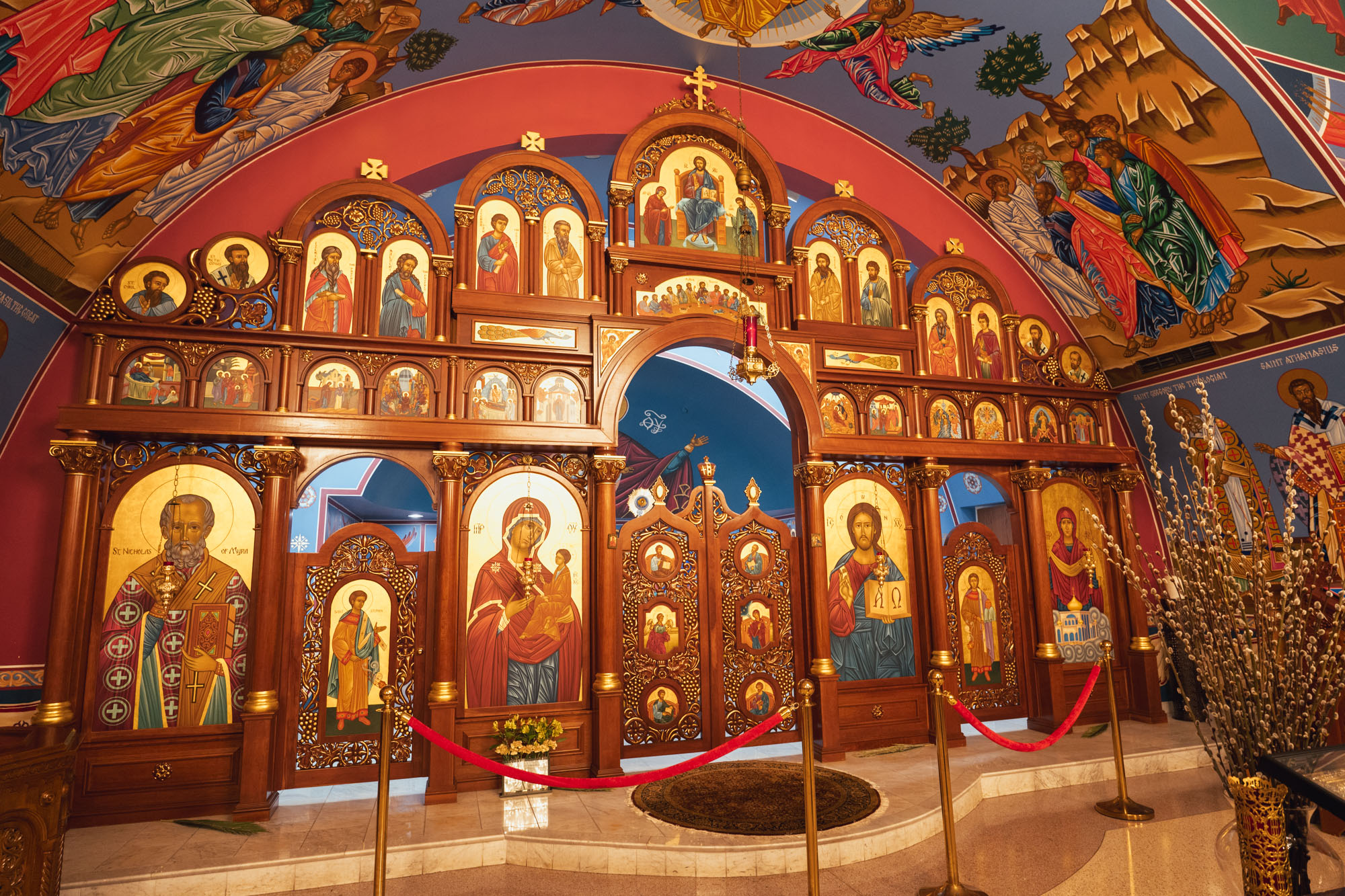
Annunciation of the Mother of God Church in Homer Glen.
3. Catholic Rites and Churches
The Catholic Church consists of six major liturgical rites, which encompass the various traditions within both the Latin and Eastern Catholic Churches:
Latin Rite (Roman Catholic Church)
-
- Roman Rite (Ordinary Form and Extraordinary Form)
- Ambrosian Rite
- Mozarabic Rite
- Anglican Use (Personal Ordinariates for former Anglicans)
Byzantine Rite
-
- Albanian Catholic Church
- Belarusian Greek Catholic Church
- Bulgarian Greek Catholic Church
- Byzantine Church of Croatia, Serbia and Montenegro (or Križevci Catholic Church)
- Greek Byzantine Catholic Church
- Hungarian Greek Catholic Church
- Italo-Albanian Catholic Church
- Macedonian Catholic Church
- Melkite Greek Catholic Church
- Romanian Greek Catholic Church
- Russian Greek Catholic Church
- Ruthenian Greek Catholic Church
- Slovak Greek Catholic Church
- Ukrainian Greek Catholic Church
Alexandrian Rite
-
- Coptic Catholic Church
- Ethiopian Catholic Church
- Eritrean Catholic Church
Armenian Rite
-
- Armenian Catholic Church
West Syriac (Antiochian) Rite
-
- Maronite Catholic Church
- Syriac Catholic Church
- Syro-Malankara Catholic Church
East Syriac (Chaldean) Rite
-
- Chaldean Catholic Church
- Syro-Malabar Catholic Church
Would you like to stay close to the Holy Eucharist all day long?
Now you can, I have 8 Holy Eucharist Wallpapers for you, so you can stay connected with Jesus Christ anywhere you are!
4. Structure and Organization
Each Eastern Catholic Church is headed by a patriarch, major archbishop, or metropolitan, depending on its status. They operate under the governance of the Pope but maintain their hierarchical structures and synods, which have authority over internal matters such as discipline, liturgy, and clergy formation. The Code of Canons of the Eastern Churches (CCEO) governs these churches, ensuring autonomy while preserving their communion with Rome.
5. Liturgical and Theological Traditions
The liturgies of the Eastern Catholic Churches are deeply rooted in ancient Christian worship traditions. The Byzantine Rite, used by many of these churches, follows the Divine Liturgy of St. John Chrysostom or St. Basil. The Alexandrian Rite, found in the Coptic and Ethiopian Catholic Churches, traces its heritage to early Egyptian Christianity. The Syriac traditions maintain the influence of the ancient Church of the East, preserving Aramaic and Syriac as liturgical languages.
Theologically, Eastern Catholics often emphasize a more mystical and experiential approach to faith, characteristic of Eastern Christian spirituality. This is reflected in their veneration of icons, use of incense, extensive chant traditions, and theological perspectives influenced by the Eastern Fathers, such as St. Basil the Great, St. Gregory of Nyssa, and St. John Chrysostom.
6. Eastern Catholic vs. Roman Catholic
The key distinction between Eastern Catholic Churches and the Roman Catholic Church (Latin Church) lies in their liturgical, theological, and administrative traditions. While both are fully Catholic and recognize the Pope’s authority, Eastern Catholics retain their unique rites, canon law, and ecclesiastical governance.
One of the most visible differences is in worship. Eastern Catholic liturgies are often more elaborate, incorporating extensive chants, iconography, and a strong sense of mystery. The Latin Church, by contrast, follows the Roman Rite, centered around the Mass as celebrated in the Ordinary or Extraordinary Forms.
Another major difference is in theological emphasis. The Latin Church tends to focus more on systematic theology and scholasticism, as seen in the works of St. Thomas Aquinas, while Eastern Catholics emphasize the mystical aspects of salvation, divinization (theosis), and the teachings of the Eastern Church Fathers.
Administrative structures also differ. While the Latin Church follows a highly centralized governance model, Eastern Catholic Churches operate with a more synodal structure, where bishops play a significant role in decision-making. However, all remain in communion with the Pope, who holds ultimate authority.
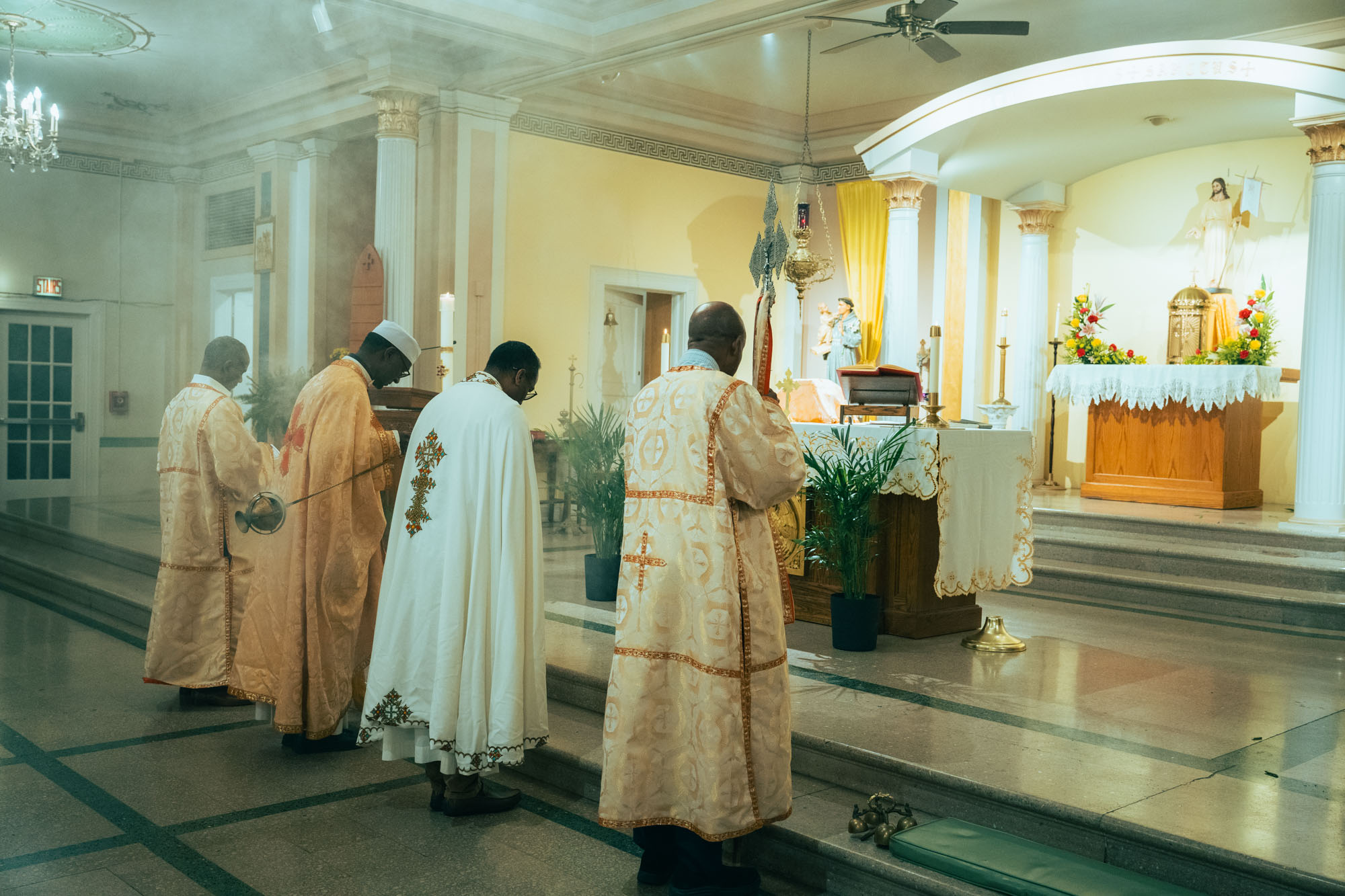
Divine Liturgy in Alexandrian Rite in St. Thomas of Canterbury Church in Chicago.
7. Challenges and Modern Developments
The Eastern Catholic Churches face numerous challenges in the modern era. Many of them are minority communities in their home countries, often facing political, social, and economic hardships. In regions like the Middle East, ongoing conflicts have threatened the survival of churches such as the Chaldean Catholic Church in Iraq and the Melkite Greek Catholic Church in Syria.
Additionally, migration has led to the establishment of Eastern Catholic communities outside their historical homelands, particularly in North America, Europe, and Australia. This has necessitated adaptations to ensure that Eastern Catholics maintain their liturgical traditions and identity while integrating into new cultural contexts. The creation of Eastern Catholic dioceses and eparchies in these regions is a response to this growing global presence.
8. The Role of Eastern Catholic Churches in Ecumenism
A significant role of the Eastern Catholic Churches is their position in ecumenical dialogue. Since many of them share a common heritage with the Eastern Orthodox and Oriental Orthodox Churches, they serve as a bridge between the Catholic Church and other Eastern Christian traditions.
While their existence has sometimes been a point of tension in Catholic-Orthodox relations, Eastern Catholic Churches continue to foster dialogue and cooperation. Efforts such as the Joint International Commission for Theological Dialogue between the Catholic Church and the Orthodox Church seek to heal centuries-old divisions and promote Christian unity.
9. Summary
The Eastern Catholic Churches are a vital expression of the universality of the Catholic Church, preserving rich traditions that date back to the earliest centuries of Christianity. Their unique liturgical, theological, and administrative practices set them apart while maintaining full communion with the Pope of Rome.
As they navigate modern challenges, including migration and political instability, these churches continue to be witnesses of faith and resilience. Their role in ecumenical efforts also highlights their importance in the broader Christian world. By understanding and appreciating the Eastern Catholic Churches, the Catholic faithful can deepen their awareness of the Church’s diversity and heritage, fostering greater unity and mutual respect within the Body of Christ.
Did you have a chance to attend all the rites of the Catholic Church?

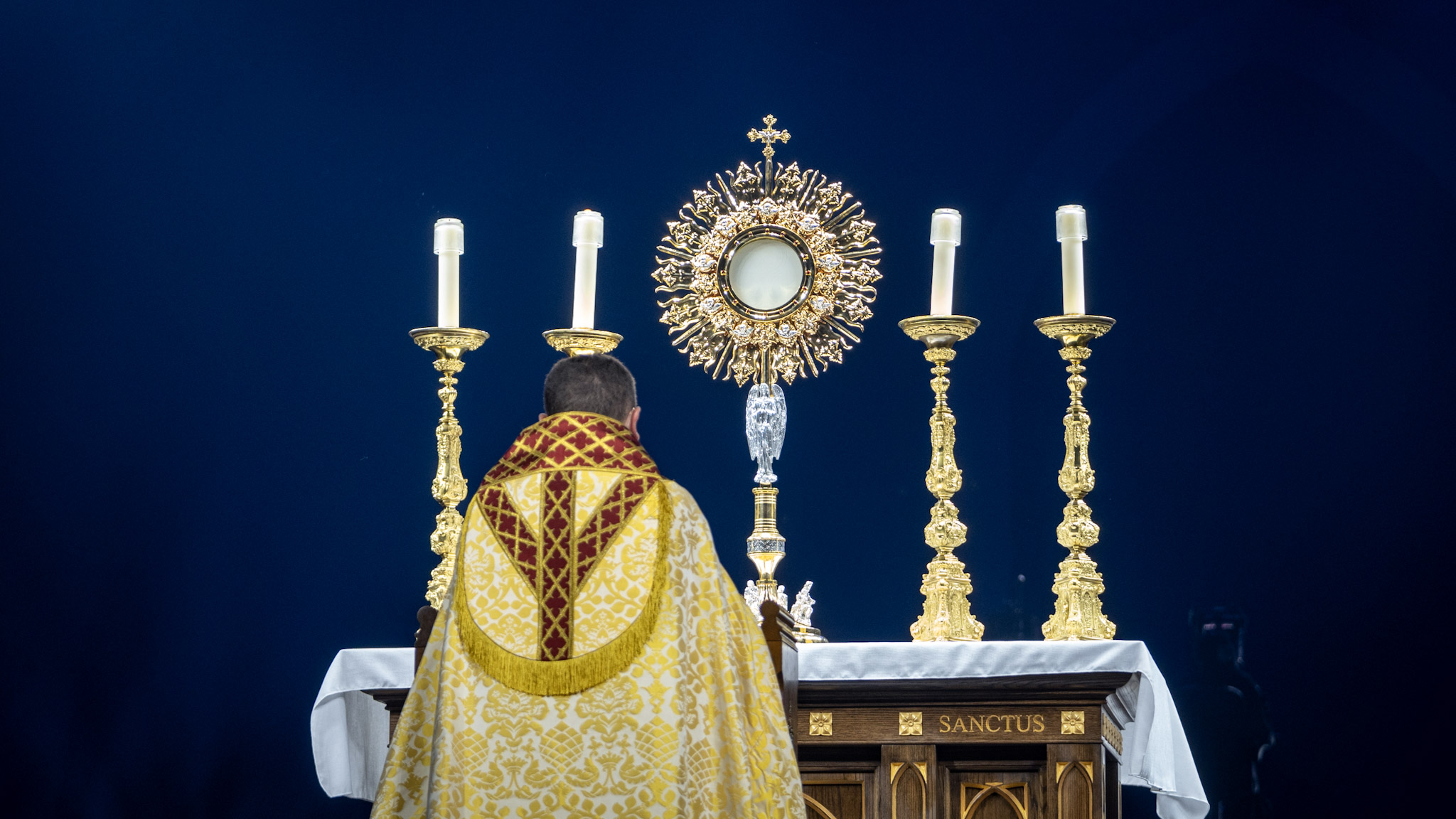

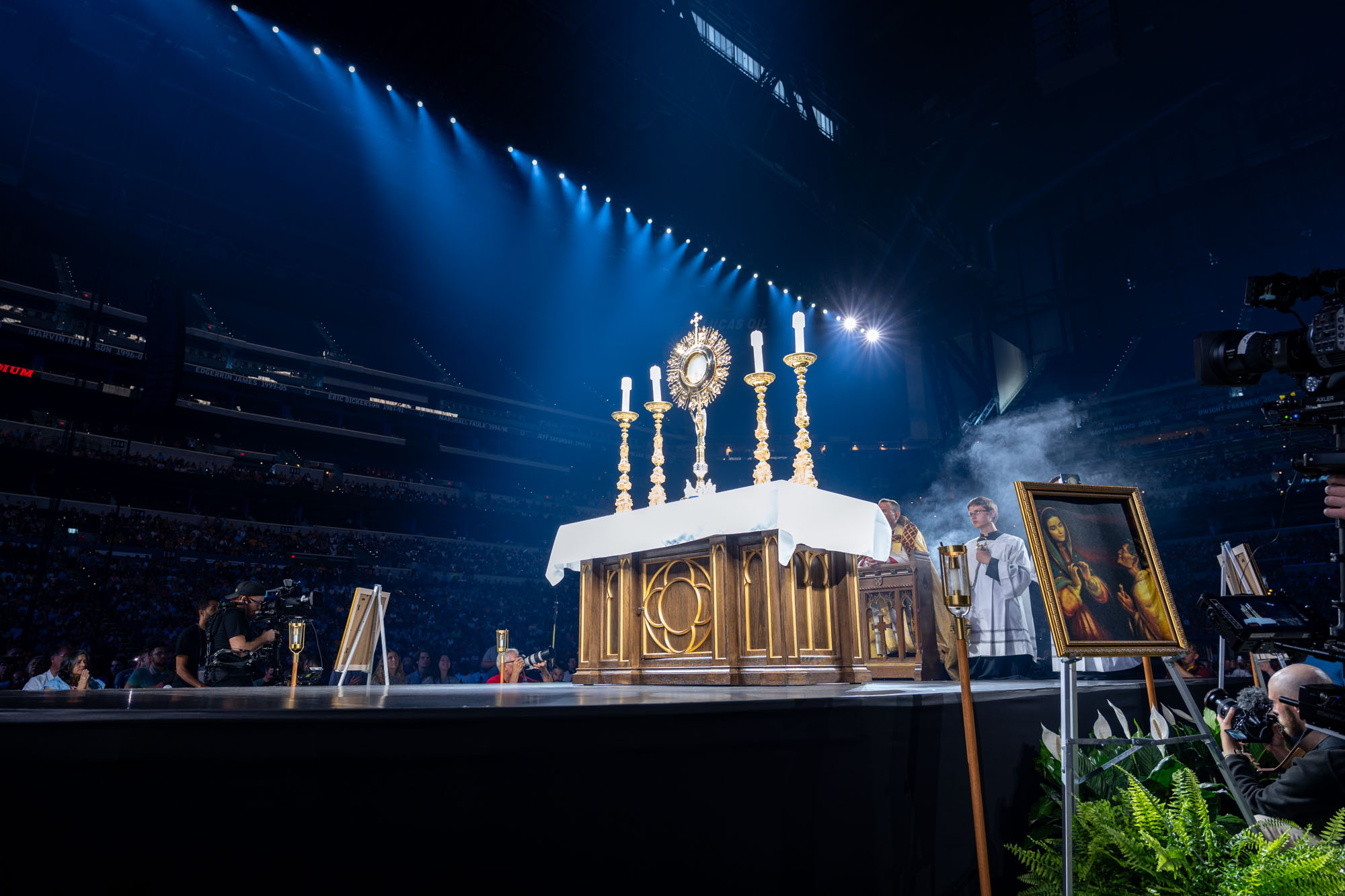

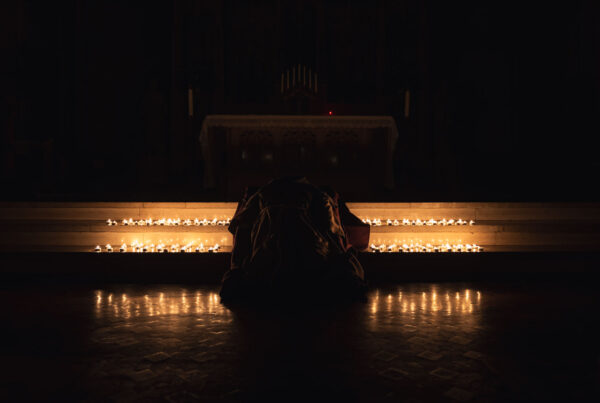
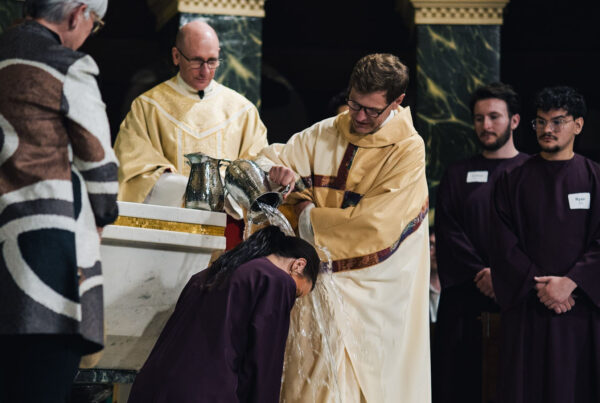

Where can I go to an eastern rite Catholic Church for confession in Oklahoma?
Our Lady of Lebanon in Norman for example. https://www.maroniteok.org/